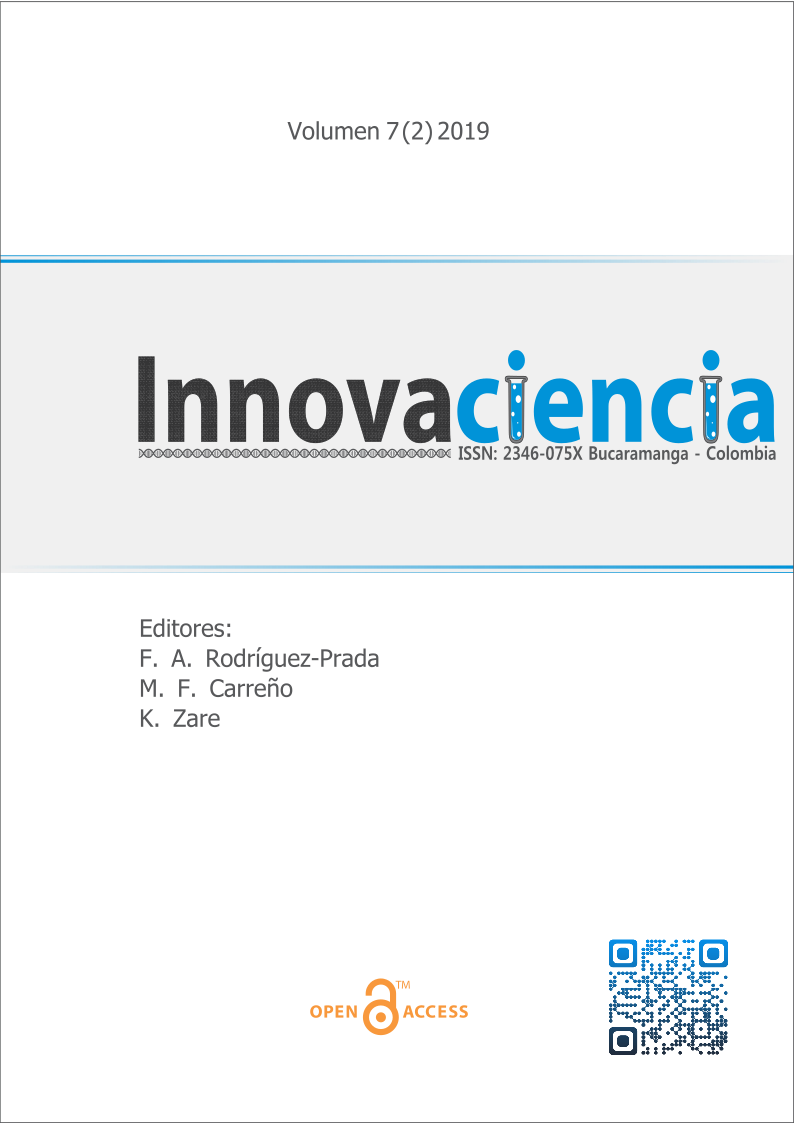Modeling factors affecting the choice of telework and its impact on demand in transportation networks
DOI:
https://doi.org/10.15649/2346075X.772Keywords:
Teleworking, Transportation Demand, Logistic Regression, Latency, Travel TimeAbstract
This research estimates the extent of using teleworking to mean the feasibility and appropriateness of this method of work for employees and professors according to their characteristics and features of career. The study population included university staff and professors in Tehran and data collection was carried out through 447 questionnaires. A logistic regression model was used to investigate the transport demand caused by teleworking. The results showed that various factors including history and percentage of telework and after that, the time delay of home-to-work and trave distance affected the model of transportation demand of professor’s members. For the staffing community, it had the greatest impact on teleworking, history and percentage of telework, followed by travel distances, latency from work to home, and latency from home to work.
References
Zhu, P. (2013). Telecommuting, household commute and location choice. Urban Studies, 50(12), 2441-2459.
https://doi.org/10.1177/0042098012474520
Melo, P. C., & e Silva, J. D. A. (2017). Home telework and household commuting patterns in Great Britain. Transportation Research Part A: Policy and Practice, 103, 1-24.
https://doi.org/10.1016/j.tra.2017.05.011
Salomon, I. (1986). Telecommunications and travel relationships: a review. Transportation Research Part A: General, 20(3), 223-238.
https://doi.org/10.1016/0191-2607(86)90096-8
Botzoris, G., Profillidis, V., & Galanis, A. (2016). Teleworking and sustainable transportation in the era of economic crisis. In 5th International Virtual Conference on Information and Telecommunication Technologies (ICTIC 2016), Žilina, Slovakia.
https://doi.org/10.18638/ictic.2016.5.1.295
Moeckel, R. (2017). Working from Home: Modeling the Impact of Telework on Transportation and Land Use. Transportation Research Procedia, 26, 207-214.
https://doi.org/10.1016/j.trpro.2017.07.021
Lila, P. C., & Anjaneyulu, M. V. L. R. (2017). Networkwide Impact of Telework in Urban Areas: Case Study of Bangalore, India. Journal of Transportation Engineering, Part A: Systems, 143(8), 05017004.
https://doi.org/10.1061/JTEPBS.0000061
Łabędowicz, J., & Urbanek, A. (2017). Do Information and Communications Technologies influence transport demand? An exploratory study in the European Union. Transportation Research Procedia, 25, 2660-2676.
https://doi.org/10.1016/j.trpro.2017.05.156
Elldér, E. (2017). Does telework weaken urban structure-travel relationships?. Journal of Transport and Land Use, 10(1), 187-210.
Ge, J., Polhill, J. G., & Craig, T. P. (2018). Too much of a good thing? Using a spatial agent-based model to evaluate "unconventional" workplace sharing programmes. Journal of Transport Geography, 69, 83-97.
https://doi.org/10.1016/j.jtrangeo.2018.04.005
Zhu, P., Wang, L., Jiang, Y., & Zhou, J. (2018). Metropolitan size and the impacts of telecommuting on personal travel. Transportation, 1-30.
https://doi.org/10.1007/s11116-017-9846-3
Shabanpour, R., Golshani, N., Tayarani, M., Auld, J., & Mohammadian, A. K. (2018). Analysis of telecommuting behavior and impacts on travel demand and the environment. Transportation Research Part D: Transport and Environment, 62, 563-576.
https://doi.org/10.1016/j.trd.2018.04.003
de Abreu e Silva, J., & Melo, P. C. (2018). The Effects of Home-Based Telework on Household Total Travel of One and Two Worker British Households (No. 18-04968).
https://doi.org/10.1016/j.jtrangeo.2018.10.009
Silva, J. D. A., & Melo, P. C. (2018). Home telework, travel behavior, and land-use patterns: A path analysis of British single-worker households. Journal of Transport and Land Use, 11(1).
https://doi.org/10.5198/jtlu.2018.1134
Akbary-Borng, M., Mosavi, A. S., & Azami, M. (2018). Reviewing the Viewpoint of Managers and Librarians of Public Libraries in Kerman Province towards Teleworking: Identifying the Benefits, Obstacles and Ways of Expansion. Research on Information Science and Public Libraries, 23(4), 487-502.
Giovanis, E. (2018). The relationship between teleworking, traffic and air pollution. Atmospheric Pollution Research, 9(1), 1-14.
https://doi.org/10.1016/j.apr.2017.06.004
Suarlan, S. (2018). Teleworking for Indonesian Civil Servants: Problems and Actors. Bisnis & Birokrasi Journal, 24(2).

Downloads
Published
How to Cite
Issue
Section
Altmetrics
Downloads
License
All articles published in this scientific journal are protected by copyright. The authors retain copyright and grant the journal the right of first publication, with the work simultaneously licensed under a Creative Commons Attribution-NonCommercial 4.0 International License (CC BY-NC 4.0), which permits sharing the work with authorship recognition and without commercial purposes.
Readers may copy and distribute the material from this journal issue for non-commercial purposes in any medium, provided the original work is cited and credit is given to the authors and the journal.
Any commercial use of the material from this journal is strictly prohibited without written permission from the copyright holder.
For more information on the copyright of the journal and open access policies, please visit our website.



















